
| Bagworms, Casemoths TINEOIDEA | 
| (donherbisonevans@yahoo.com) and Stella Crossley |
|
|
|
|
|
|
|

| Bagworms, Casemoths TINEOIDEA | 
| (donherbisonevans@yahoo.com) and Stella Crossley |
|
|
|
|
|
|
|
These Caterpillars construct a case around themselves using silk, so are commonly called Bag Worms or Case Moths. Most camouflage it with pieces of material from their environment, often characteristically chosen and arranged by that species. They have an anterior hole in the case through which the head and thorax protrude while feeding. They have a posterior hole for excretion. They pupate within their case, generally after securing the front to a twig securely with silk, so that it swings freely. In some species the adult female is wingless, and remains in her case for the male to visit her. She actually lays her eggs in the case.
The caterpillars of the known named species each decorate their cases in a consistent pattern for that species, so it is tempting to ascribe caterpillars with cases that do not conform to these known patterns to other so-far undetermined species. Note that the caterpillars of ADELIDAE, HELIOCOSMA GROUP, and TINEIDAE also make and live in portable cases.
Some notable members of the 350 Australian named species of PSYCHIDAE are:
 Ardiosteres lacerata
Ardiosteres lacerata
 Ardiosteres moretonella : Scruffy Casemoth
Ardiosteres moretonella : Scruffy Casemoth
 Bathromelas hyaloscopa : Buloke Bagworm
Bathromelas hyaloscopa : Buloke Bagworm
 Cebysa leucotelus : Australian Bagmoth
Cebysa leucotelus : Australian Bagmoth
 Clania ignobilis : Faggot Casemoth
Clania ignobilis : Faggot Casemoth Clania lewinii : Stick Casemoth
Clania lewinii : Stick Casemoth
 Hyalarcta huebneri : Leaf Casemoth
Hyalarcta huebneri : Leaf Casemoth
 Hyalarcta nigrescens : Ribbed Casemoth
Hyalarcta nigrescens : Ribbed Casemoth
 Hyalarcta species
Hyalarcta species
 Hyaloptila melanosoma
Hyaloptila melanosoma Iphierga macarista
Iphierga macarista Iphierga melichrysa
Iphierga melichrysa
 Lepidoscia acropolia
Lepidoscia acropolia
 Lepidoscia adelopis
Lepidoscia adelopis
 Lepidoscia annosella
Lepidoscia annosella
 Lepidoscia arctiella : Tower Casemoth
Lepidoscia arctiella : Tower Casemoth
 Lepidoscia bancrofti
Lepidoscia bancrofti
 Lepidoscia basiferana
Lepidoscia basiferana
 Lepidoscia carlotta
Lepidoscia carlotta
 Lepidoscia cataphracta
Lepidoscia cataphracta
 Lepidoscia characota
Lepidoscia characota
 Lepidoscia chloropetala
Lepidoscia chloropetala
 Lepidoscia confluens
Lepidoscia confluens
 Lepidoscia dicranota
Lepidoscia dicranota
 Lepidoscia euryptera
Lepidoscia euryptera
 Lepidoscia glabrella
Lepidoscia glabrella
 Lepidoscia heliochares
Lepidoscia heliochares
 Lepidoscia irrorea : Mottled Casemoth
Lepidoscia irrorea : Mottled Casemoth
 Lepidoscia lainodes : Jumble Casemoth
Lepidoscia lainodes : Jumble Casemoth
 Lepidoscia melitora
Lepidoscia melitora
 Lepidoscia polymeres
Lepidoscia polymeres
 Lepidoscia protorna
Lepidoscia protorna
 Lepidoscia punctiferella
Lepidoscia punctiferella
 Lepidoscia retinochra
Lepidoscia retinochra
 Lepidoscia saxosa
Lepidoscia saxosa
 Lepidoscia stenomochla
Lepidoscia stenomochla
 Lepidoscia tetramochla
Lepidoscia tetramochla
 Lepidoscia tyrobathra
Lepidoscia tyrobathra
 Lomera boisduvalii
Lomera boisduvalii Lomera caespitosae
Lomera caespitosae Lomera lurida
Lomera lurida Lomera xanthochrysa : Lateral Casemoth
Lomera xanthochrysa : Lateral Casemoth Lomera zophopepla
Lomera zophopepla
 Metura aristocosma
Metura aristocosma
 Metura elongatus : Saunders Casemoth
Metura elongatus : Saunders Casemoth
 Metura falcata : Lord Howe Casemoth
Metura falcata : Lord Howe Casemoth
 Metura phyllosacca
Metura phyllosacca
 Napecoetes belogramma
Napecoetes belogramma
 Napecoetes chrysomitra
Napecoetes chrysomitra
 Napecoetes scoteina
Napecoetes scoteina
 Oiketicus herrichii : Smooth Casemoth
Oiketicus herrichii : Smooth Casemoth
 Oiketicus species : Two-ways Casemoth
Oiketicus species : Two-ways Casemoth
 Psychanisa baliodes
Psychanisa baliodes
 Psychanisa guttata
Psychanisa guttata
 Sentica felderi
Sentica felderi
 Sentica oppositella
Sentica oppositella
 Trigonocyttara clandestina : Stickless Casemoth
Trigonocyttara clandestina : Stickless Casemoth
Illustrated below are PSYCHIDAE caterpillars that decorate their cases with patterns differing from those named species above, in the hope that someone who finds any of these can rear it to get an adult moth which can be identified:-
 Undetermined PSYCHIDAE species AA : Wattle Casemoth
Undetermined PSYCHIDAE species AA : Wattle Casemoth
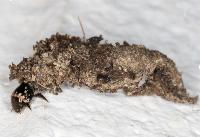 Undetermined PSYCHIDAE species AB : Haphazard Casemoth
Undetermined PSYCHIDAE species AB : Haphazard Casemoth
 Undetermined PSYCHIDAE species AC
Undetermined PSYCHIDAE species AC
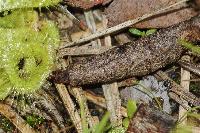 Undetermined PSYCHIDAE species AD
Undetermined PSYCHIDAE species AD
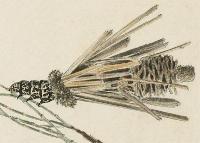 Undetermined PSYCHIDAE species AE
Undetermined PSYCHIDAE species AE
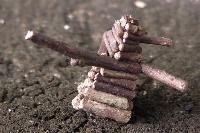 Undetermined PSYCHIDAE species AF
Undetermined PSYCHIDAE species AF
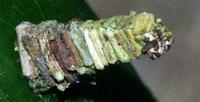 Undetermined PSYCHIDAE species AG
Undetermined PSYCHIDAE species AG
 Undetermined PSYCHIDAE species AH
Undetermined PSYCHIDAE species AH
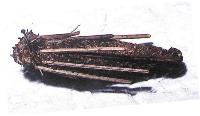 Undetermined PSYCHIDAE species AJ
Undetermined PSYCHIDAE species AJ
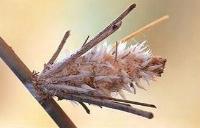 Undetermined PSYCHIDAE species AK
Undetermined PSYCHIDAE species AK
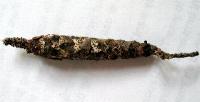 Undetermined PSYCHIDAE species AL
Undetermined PSYCHIDAE species AL
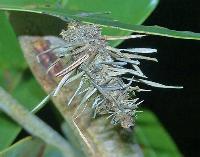 Undetermined PSYCHIDAE species AM
Undetermined PSYCHIDAE species AM
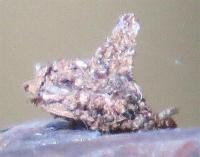 Undetermined PSYCHIDAE species AN
Undetermined PSYCHIDAE species AN
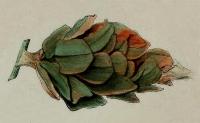 Undetermined PSYCHIDAE species AO
Undetermined PSYCHIDAE species AO
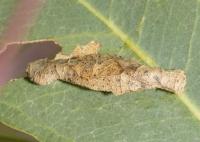 Undetermined PSYCHIDAE species AP
Undetermined PSYCHIDAE species AP
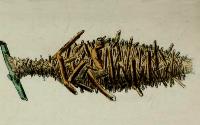 Undetermined PSYCHIDAE species AQ
Undetermined PSYCHIDAE species AQ
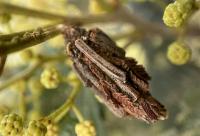 Undetermined PSYCHIDAE species AR
Undetermined PSYCHIDAE species AR
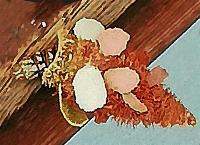 Undetermined PSYCHIDAE species AS
Undetermined PSYCHIDAE species AS
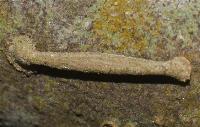 Undetermined PSYCHIDAE species AT
Undetermined PSYCHIDAE species AT
 Undetermined PSYCHIDAE species AU
Undetermined PSYCHIDAE species AU
 Undetermined PSYCHIDAE species AV : Telephone Casemoth
Undetermined PSYCHIDAE species AV : Telephone Casemoth
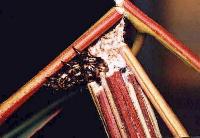 Undetermined PSYCHIDAE species AW : Bootlace Casemoth
Undetermined PSYCHIDAE species AW : Bootlace Casemoth
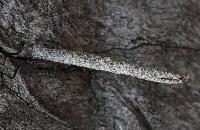 Undetermined PSYCHIDAE species AX : Pipe Casemoth
Undetermined PSYCHIDAE species AX : Pipe Casemoth
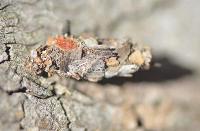 Undetermined PSYCHIDAE species AY : Flaky Casemoth
Undetermined PSYCHIDAE species AY : Flaky Casemoth
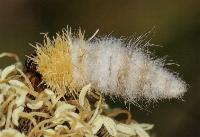 Undetermined PSYCHIDAE species BA : Fluffy Casemoth
Undetermined PSYCHIDAE species BA : Fluffy Casemoth
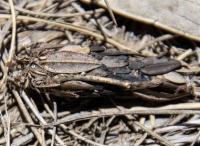 Undetermined PSYCHIDAE species BB
Undetermined PSYCHIDAE species BB
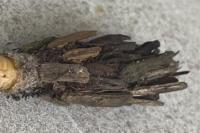 Undetermined PSYCHIDAE species BC : Bark Casemoth
Undetermined PSYCHIDAE species BC : Bark Casemoth
 Undetermined PSYCHIDAE species BD : Right-handed Twisted Tower Casemoth
Undetermined PSYCHIDAE species BD : Right-handed Twisted Tower Casemoth
 Undetermined PSYCHIDAE species BE : Cone Casemoth
Undetermined PSYCHIDAE species BE : Cone Casemoth
 Undetermined PSYCHIDAE species BF : Sandy Casemoth
Undetermined PSYCHIDAE species BF : Sandy Casemoth
 Undetermined PSYCHIDAE species BG : Smooth Casemoth
Undetermined PSYCHIDAE species BG : Smooth Casemoth
 Undetermined PSYCHIDAE species BH : Left-handed Twisted Tower Casemoth
Undetermined PSYCHIDAE species BH : Left-handed Twisted Tower Casemoth
 Undetermined PSYCHIDAE species BI : Crumpled Casemoth
Undetermined PSYCHIDAE species BI : Crumpled Casemoth
 Undetermined PSYCHIDAE species BJ : Neat Casemoth
Undetermined PSYCHIDAE species BJ : Neat Casemoth
 Undetermined PSYCHIDAE species BK
Undetermined PSYCHIDAE species BK
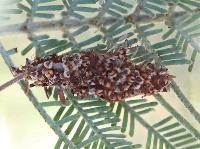 Undetermined PSYCHIDAE species BL
Undetermined PSYCHIDAE species BL
Note that Metura oceanica does not occur in Australia, despite being included in the Checklist.
 family |  butterflies |  Lepidoptera |  moths |  family |
(updated 2 June 2014, 13 August 2025)